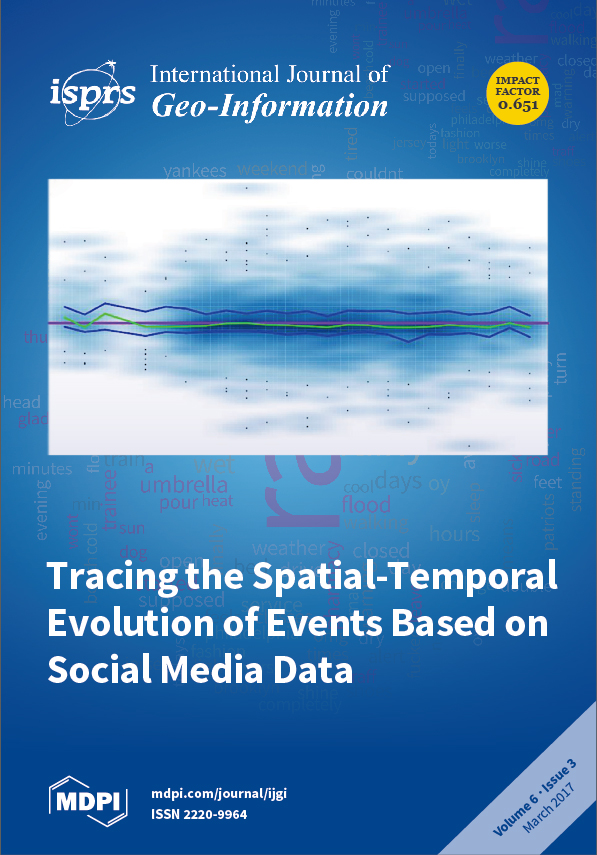Accurate and high resolution bathymetric data is a necessity for a wide range of coastal oceanographic research topics. Active sensing methods, such as ship-based soundings and Light Detection and Ranging (LiDAR), are expensive and time consuming solutions. Therefore, the significance of Satellite-Derived Bathymetry
[...] Read more.
Accurate and high resolution bathymetric data is a necessity for a wide range of coastal oceanographic research topics. Active sensing methods, such as ship-based soundings and Light Detection and Ranging (LiDAR), are expensive and time consuming solutions. Therefore, the significance of Satellite-Derived Bathymetry (SDB) has increased in the last ten years due to the availability of multi-constellation, multi-temporal, and multi-resolution remote sensing data as Open Data. Effective SDB algorithms have been proposed by many authors, but there is no ready-to-use software module available in the Geographical Information System (GIS) environment as yet. Hence, this study implements a Geographically Weighted Regression (GWR) based SDB workflow as a Geographic Resources Analysis Support System (GRASS) GIS module (
i.image.bathymetry). Several case studies were carried out to examine the performance of the module in multi-constellation and multi-resolution satellite imageries for different study areas. The results indicate a strong correlation between SDB and reference depth. For instance, case study 1 (Puerto Rico, Northeastern Caribbean Sea) has shown an coefficient of determination (R
2) of 0.98 and an Root Mean Square Error (RMSE) of 0.61 m, case study 2 (Iwate, Japan) has shown an R
2 of 0.94 and an RMSE of 1.50 m, and case study 3 (Miyagi, Japan) has shown an R
2 of 0.93 and an RMSE of 1.65 m. The reference depths were acquired by using LiDAR for case study 1 and an echo-sounder for case studies 2 and 3. Further, the estimated SDB has been used as one of the inputs for the Australian National University and Geoscience Australia (ANUGA) tsunami simulation model. The tsunami simulation results also show close agreement with post-tsunami survey data. The
i.mage.bathymetry module developed as a part of this study is made available as an extension for the Open Source GRASS GIS to facilitate wide use and future improvements.
Full article





